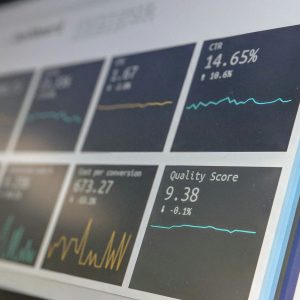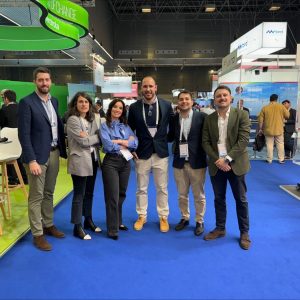On the occasion of World Pedestrian Day, we highlight the importance of this field in the automotive industry and how engineering can contribute significantly to saving lives.
Last week, on August 17th, World Pedestrian Day was observed, commemorating the first fatal traffic accident in 1897, when Bridget Driscoll was struck and killed in London.
Established by the World Health Organization (WHO), this day aims to raise awareness about pedestrian safety and the importance of respecting road safety rules. Every year, this observance promotes new measures and policies to ensure safe, well-maintained, and regulated pedestrian spaces.
Although great progress has been made, the figures remain concerning. According to WHO data, approximately 1.19 million deaths occur annually due to traffic accidents, with more than half involving vulnerable road users, and up to 23% involving pedestrians. Therefore, significant work remains to improve safety on roads and in public spaces.

Source: World Health Organization
How engineering contributes to this challenge
Pedestrian protection is a discipline within the automotive sector that encompasses technologies, regulations, and engineering solutions designed to reduce the likelihood and severity of injuries in the event of a collision through specific modifications and vehicle design solutions. It is not only a regulatory obligation but also a commitment of the industry to road safety and sustainable mobility.
Engineering plays a key role in translating research and regulations into tangible advances that result in safer vehicles.
One of its main contributions is ensuring compliance with regulatory and homologation tests. International regulations, such as the European UNECE R127 or Euro NCAP protocols, establish specific tests to evaluate pedestrian safety in the event of impact. Engineering enables vehicles to be adapted in terms of geometry and materials to pass these tests and achieve the highest safety ratings.
Another fundamental area is the design of passive protection systems. Engineering contributes to the development of components that absorb impact energy and reduce its severity, such as deformable bumpers, hoods with energy-absorbing zones, or active lift systems. The goal of these solutions is to minimize injuries in particularly vulnerable areas of the human body, such as the head, upper legs, and lower legs.
In addition, innovations in active systems and advanced simulation have revolutionized pedestrian protection. Driver assistance technologies, such as pedestrian detection and automatic emergency braking, help prevent collisions before they occur. At the same time, computer simulation and biomechanical modeling enable thousands of virtual scenarios to be evaluated cost-effectively, optimizing designs before physical tests, accelerating development, and reducing validation costs.
SOLUTE plays its part
At SOLUTE, we take our role seriously as an engineering company and contribute to this goal through our specialization in pedestrian protection.
Automotive is one of the industries where we have extensive experience, specializing in CAD and simulation since 2013, and collaborating with internationally recognized manufacturers such as the Volkswagen Group and Motherson. One of our key focus areas has been pedestrian protection, where we have maintained a specialized team for over 10 years.
Through simulations of various tests representing the parts of the body that could be irreversibly injured during a 40 km/h impact, we carry out studies to optimize the design of different sections of the vehicle structure.
Specifically, three types of analyses are conducted on three different pedestrian body sections: head, upper leg and lower leg, studying different cases of accelerations, forces, moments, and deformations on the impactors.
The vehicle’s structural components analyzed in these simulations are those forming the front-end area, as these are most likely to contact the pedestrian during an accident. The most common components analyzed include the hood, windshield, bumper, dashboard, headlights, and CMS.
As a result, manufacturers receive a diagnostic of the vehicle’s structural behavior under simulated impact conditions, allowing them to optimize the design to significantly reduce the risk of serious, disabling, or even fatal injuries to pedestrians.



At SOLUTE, we view engineering as the ability to imagine and create new techniques to solve real-world problems. We are proud to carry out projects that contribute not only to the progress of our clients and partners but also to society as a whole.












